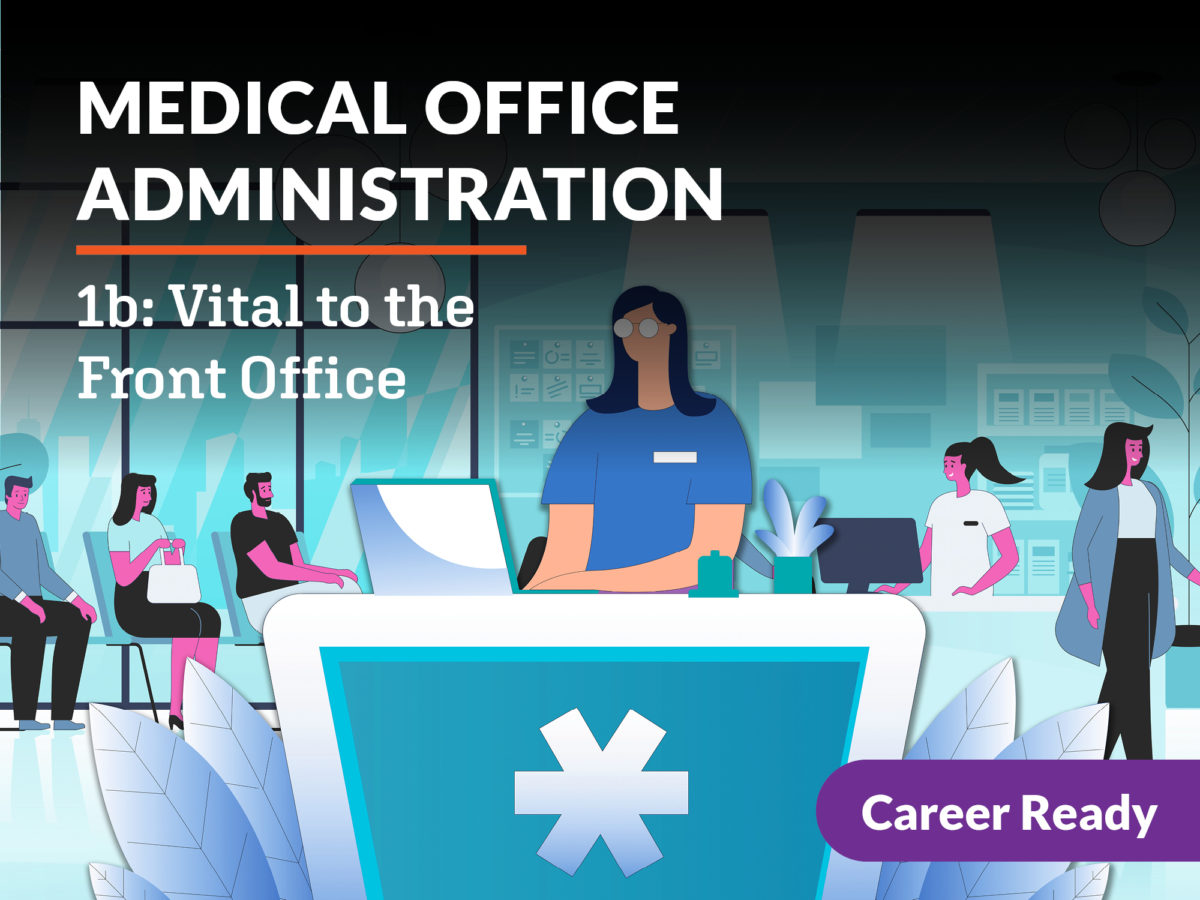Ideal Practices in Medical Management for Improving Effectiveness and Reducing Expenses
In the ever-evolving landscape of healthcare, the quest of finest techniques in clinical administration is extremely important for improving performance and curbing expenses. By integrating sophisticated technologies such as digital health and wellness documents and telemedicine, healthcare companies can streamline operations and enhance patient care. However, innovation alone is not a panacea; maximizing resource allocation and fostering collective communication among treatment groups are similarly critical (medical administration). As companies strive to stabilize high quality and price, what methods should be prioritized to accomplish these double goals? The solutions to these inquiries hold the key to a much more lasting medical care system.
Leveraging Advanced Technology
In today's quickly developing health care landscape, leveraging sophisticated modern technology is no much longer optional yet essential for reliable medical administration. The integration of digital services into health care systems has transformed the method centers operate, enhancing processes and improving person care. Electronic Wellness Records (EHRs) are pivotal, giving extensive individual information that can be accessed immediately by authorized workers, hence minimizing redundancy and lessening mistakes. By systematizing patient info, EHRs eliminate the need for cumbersome documents and assist in smooth communication amongst doctor.
Telemedicine is another technological development that has actually revolutionized individual communication. It offers ease for both patients and medical care experts by allowing remote appointments, which can lower the need for in-person check outs and optimize consultation organizing. Furthermore, telehealth platforms can prolong healthcare access to country or underserved locations, connecting spaces in care distribution.
Furthermore, the usage of Artificial Knowledge (AI) and device discovering is ending up being progressively common in predictive analytics, enabling for early discovery of prospective health and wellness issues and more enlightened decision-making. These technologies, when integrated effectively, can enhance diagnostic precision and customize patient therapy strategies, inevitably causing enhanced health care end results and functional performance.
Optimizing Resource Allotment
By purposefully managing sources such as workers, equipment, and financial resources, health care centers can significantly boost their functional efficiency, improve person end results, and decrease unnecessary expenses. The very first step in enhancing source allowance entails performing a comprehensive evaluation of present possessions and identifying locations where sources may be underutilized or overextended.
Focusing on source allotment based on client needs and service demands is vital. Executing versatile staffing models can likewise maximize labor sources by readjusting personnel appropriation in response to rising and fall person volumes.
Funds must be meticulously kept an eye on and assigned with strategic foresight to sustain both temporary functional requirements and long-lasting institutional goals. This consists of investing in training programs that enhance staff expertises and taking on energy-efficient practices that minimize operational prices (medical administration). Ultimately, a maximized resource allotment technique cultivates a lasting healthcare atmosphere that is receptive, efficient, and economically sensible
Streamlining Process Procedures
When healthcare facilities aim to boost functional effectiveness, simplifying process procedures ends up being a pivotal focus. Effective process decrease redundancy, get rid of unnecessary steps, and boost coordination among health care professionals. This technique not just increases service delivery however likewise boosts the top quality of patient treatment.

Following, modern technology assimilation plays a considerable role in streamlining workflows. Applying digital wellness records (EHRs) and electronic medical professional order entry (CPOE) systems reduces paperwork, decreases human mistake, and makes certain information comes to all pertinent employees. Furthermore, leveraging telemedicine platforms can improve individual consultations and follow-ups, decreasing the stress on physical infrastructure.

Inevitably, structured process result in set you back decreases and improved patient contentment, fostering a more sustainable medical care atmosphere.
Enhancing Data Monitoring
Building upon streamlined workflows, enhancing data management comes to be a vital element in advancing health care administration. Efficient data administration systems are important for keeping accurate person records, enhancing decision-making, and guaranteeing conformity with governing standards. By implementing robust data monitoring services, healthcare facilities can enhance the high quality of individual care while simultaneously decreasing operational expenses.
One secret element of enhancing information monitoring is the combination of sophisticated electronic wellness document (EHR) systems. These systems promote the seamless exchange of client info across different divisions, decreasing duplication of tests and lessening mistakes. A well-designed EHR system view publisher site sustains information analytics, allowing doctor his comment is here to identify patterns and make informed decisions pertaining to patient care.
Moreover, securing person data is critical. Adopting comprehensive cybersecurity measures, including security and normal audits, ensures the integrity and discretion of sensitive information. This not just secures clients but likewise preserves the organization's online reputation.
Spending in personnel training is another crucial element. Enlightening medical care specialists on data monitoring practices improves their ability to effectively make use of innovation, resulting in enhanced individual results. Finally, improving information administration through advanced technology and extensive training is necessary for accomplishing efficiency and cost decrease in clinical administration.
Fostering Collaborative Communication
An essential element in advancing clinical administration is cultivating collaborative interaction amongst healthcare experts. Reliable interaction is critical for guaranteeing seamless patient care, enhancing therapy results, and decreasing errors. By urging open dialogue and sychronisation across multidisciplinary teams, health care companies can improve their operational effectiveness and decrease unneeded costs.
Central to this technique is the integration of communication technologies such as digital wellness documents (EHRs) and secure messaging platforms, which assist in the fast exchange of essential person information. These tools enable doctor to accessibility and share data in genuine time, ensuring that all staff member are educated and aligned in their decision-making processes. Additionally, routine team meetings and interdisciplinary rounds can further promote a society of cooperation and accountability.
Educating programs concentrated on improving interaction abilities are also important. Inevitably, promoting collective interaction leads to enhanced medical care delivery and expense savings.

Conclusion
Integrating innovative modern technology, such as this article electronic health documents and telemedicine, together with maximized source allowance and structured operations procedures, is vital for enhancing performance in medical management. Efficient information management and promoting joint communication among health care teams are crucial for lessening redundancies and enhancing care quality. By focusing on preventive treatment and taking part in quality renovation campaigns, health care companies can accomplish considerable expense savings and improved individual results, consequently making sure lasting healthcare delivery in a significantly intricate environment.